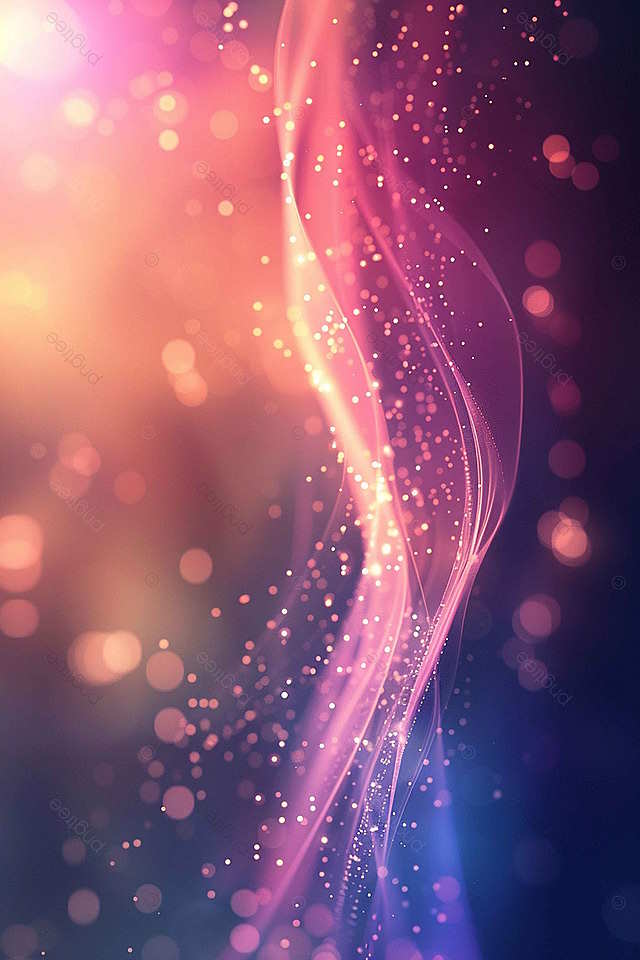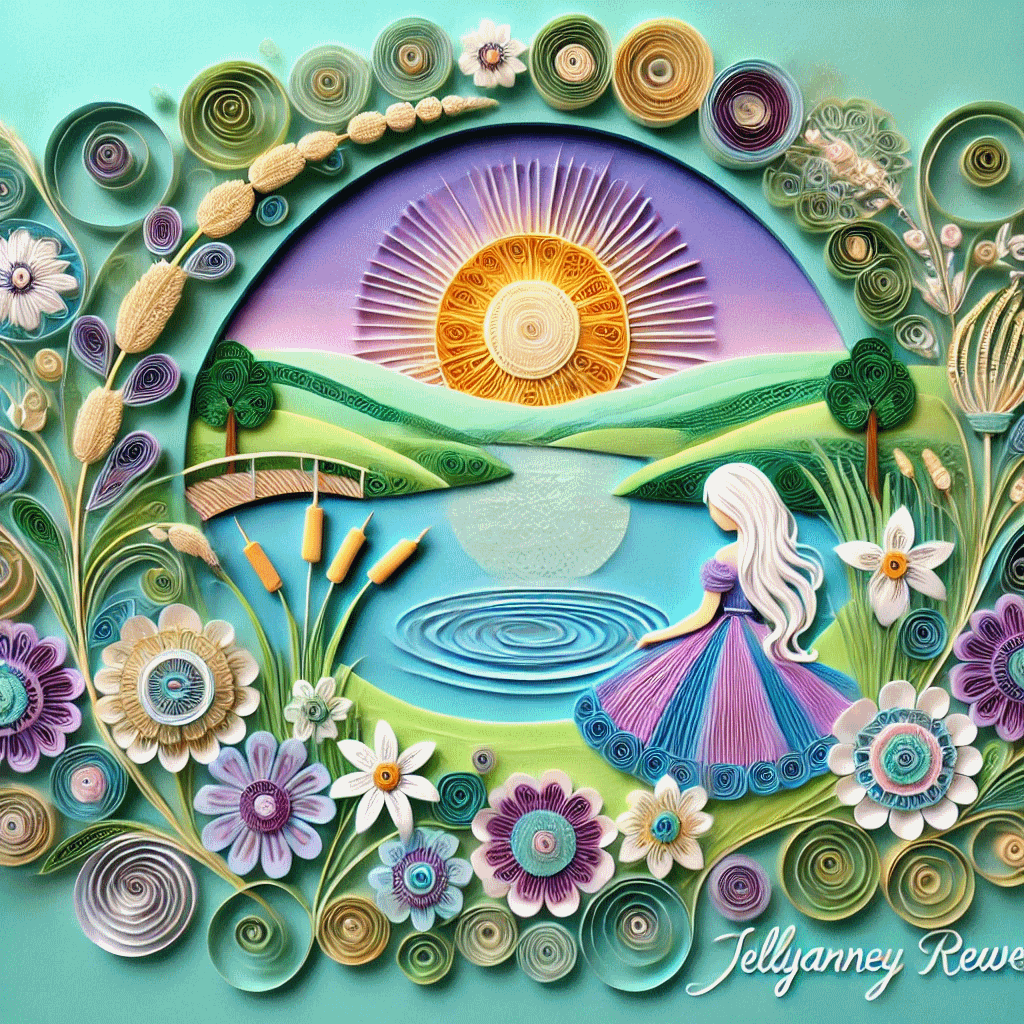
The Art of Upcycling:
Fashioning a Sustainable Future
In today’s world, the fashion industry faces mounting scrutiny for its environmental impact. Every year,
92 million tonnes of textile waste are generated globally, with much of it ending up in landfills or
incinerators, further exacerbating pollution and climate change (Ellen MacArthur Foundation, 2017).
Amidst these challenges, upcycling has emerged as a beacon of hope—a creative, sustainable practice that
transforms waste into unique, high-value products.
At Jellyanney Rewear, upcycling lies at the heart of what we do. We redesign preloved garments into
stylish tote bags, modern outfits, and other innovative products, offering consumers a chance to embrace
individuality while contributing to sustainability.

What is Upcycling?
Upcycling is the process of taking preloved, discarded, leftover fabrics and creatively repurposing them into new, more
valuable products. Unlike recycling, which often degrades the quality of the material, upcycling
enhances it. This practice not only reduces waste but also conserves resources, as it avoids the
energy-intensive processes involved in manufacturing new materials (Bhamra & Lofthouse, 2007).
For example, at Jellyanney Rewear, an unused cotton shirt can be transformed into a trendy tote bag,
while old denim jeans may find a second life as a patchwork jacket. Each item is redesigned with care
and creativity, ensuring that no two pieces are the same.
Why Upcycling Matters?
The fast-fashion industry is one of the largest contributors to global pollution. It produces 10% of
global carbon emissions annually and is responsible for approximately 20% of wastewater production
(UNECE, 2018). Additionally, synthetic fibres such as polyester—a staple in fast fashion—can take over
200 years to decompose, releasing harmful microplastics into the environment in the process (Napper &
Thompson, 2016).
Upcycling directly addresses these issues by:
- Reducing Textile Waste: Preventing clothes from being discarded prematurely.
- Conserving Natural Resources: Lowering the demand for virgin materials like cotton and polyester, which require significant amounts of water and energy to produce.
- Promoting Individuality: Offering one-of-a-kind designs that reflect personal style.
Jellyanney Rewear’s Approach to Upcycling
At Jellyanney Rewear, our mission is to redefine fashion by embracing creativity and sustainability. We
use a circular approach to fashion, ensuring that every item we create adds value to both the wearer and
the environment.
Here’s how we do it:
- Innovative Design: Our team takes preloved clothing and reimagines it into fresh designs. From tote bags to stylish outfits, each piece is unique and made with purpose.
- Community Engagement: Through workshops and collaborative projects, we empower others to learn the art of upcycling and contribute to a circular economy.
- Positive Environmental Impact By extending the life cycle of garments, we significantly reduce our carbon footprint and inspire others to make conscious choices.

A Call to Action
The future of fashion is circular, and you can be part of the change. Upcycling allows us to rethink our
relationship with clothing and move away from the "throwaway culture" perpetuated by fast fashion. By
choosing upcycled products, you’re making a statement about the kind of world you want to live in—one
where creativity meets responsibility.
At Jellyanney Rewear , we invite you to join us on this journey. Whether it’s purchasing one of
our
redesigned pieces or learning how to upcycle your own clothes, every action counts. Together, we can
redefine the way we think about fashion and create a more sustainable future.
What do you think about upcycling? Share your thoughts and let us know how you’re contributing to sustainability in the comments below.


